Porpoise Class: Difference between revisions
Pbcjohnston (talk | contribs) mNo edit summary |
Pbcjohnston (talk | contribs) →Design and Construction Notes: Added link to Visual Guide article |
||
| Line 8: | Line 8: | ||
These boats were in the thick of the fight against the Japanese from the first day of the war. Four of them (marked by a *) and their brave crews were lost in action and are considered to be "on eternal patrol". | These boats were in the thick of the fight against the Japanese from the first day of the war. Four of them (marked by a *) and their brave crews were lost in action and are considered to be "on eternal patrol". | ||
'''Note'''... many early photos of these boats will show them with large "P" class identifiers painted on their bows and fairwaters. These were used to identify the boats visually while on the surface. They were NOT their names or designations. The use of these identifiers was common on the fleet boats but faded out in favor of hull numbers in | '''Note'''... many early photos of these boats will show them with large "P" class identifiers painted on their bows and fairwaters. These were used to identify the boats visually while on the surface. They were NOT their names or designations. The use of these identifiers was common on the fleet boats but faded out in favor of hull numbers in 1939 because their use became confusing. | ||
There were a lot of variations in the external appearance of these boats over the years. For a thorough explanation of these changes, please take a few minutes to read [ | There were a lot of variations in the external appearance of these boats over the years. For a thorough explanation of these changes, please take a few minutes to read [https://pigboats.com/images/5/54/A_VISUAL_GUIDE_TO_THE_FLEET_SUBMARINES_PART_2_2023.pdf '''this article'''].</span></div> | ||
[[File:Red bar sub new 2.jpg]] | [[File:Red bar sub new 2.jpg]] | ||
Revision as of 20:10, 12 December 2023
Design and Construction Notes
The Perch group consisted of two boats built at Portsmouth, one at Mare Island, and three built by EB. The three Navy yard boats were the last riveted submarines for the Navy, while the EB boats were fully welded. The ten boats of the Porpoise class also set a new precedent: they were the first USN submarines to have all-electric drive. All previous submarines were equipped with direct drive diesel engines. For the Porpoise class the engines drove only generators and were not connected directly to the propeller shafts. The electricity they generated drove motors attached to the shafts or recharged the massive storage batteries.
These boats were in the thick of the fight against the Japanese from the first day of the war. Four of them (marked by a *) and their brave crews were lost in action and are considered to be "on eternal patrol".
Note... many early photos of these boats will show them with large "P" class identifiers painted on their bows and fairwaters. These were used to identify the boats visually while on the surface. They were NOT their names or designations. The use of these identifiers was common on the fleet boats but faded out in favor of hull numbers in 1939 because their use became confusing.
There were a lot of variations in the external appearance of these boats over the years. For a thorough explanation of these changes, please take a few minutes to read this article.Porpoise (SS-172)
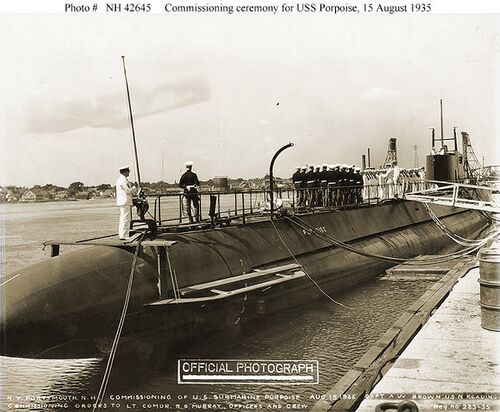
Pike (SS-173)
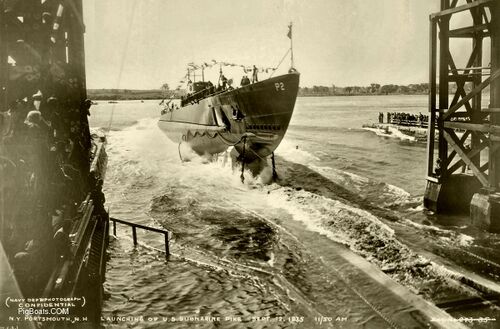
Shark (SS-174)*
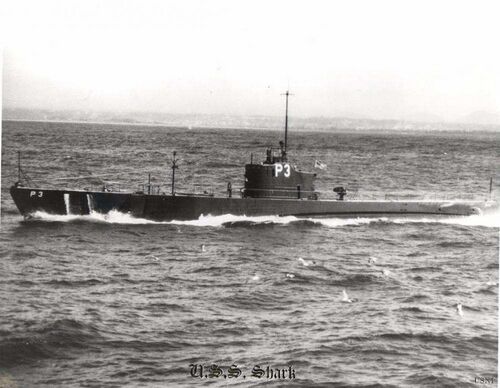
Tarpon (SS-175)
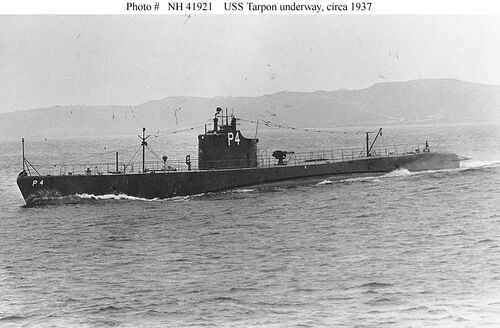
Perch (SS-176)*
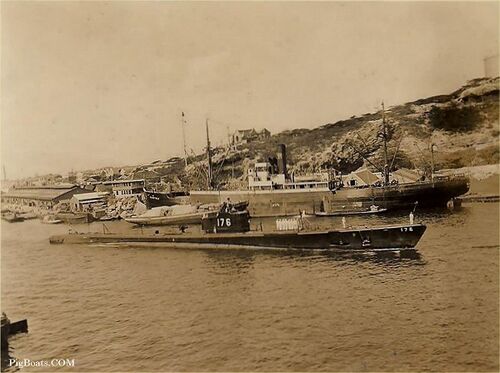
Pickerel (SS-177)*
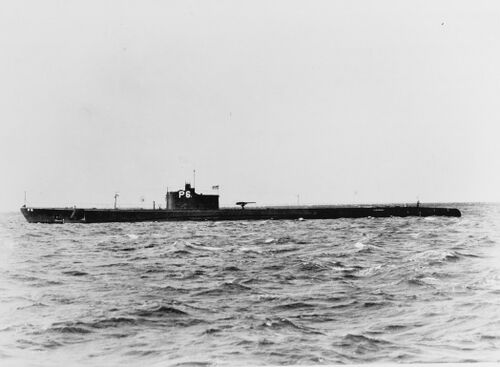
Permit (SS-178)
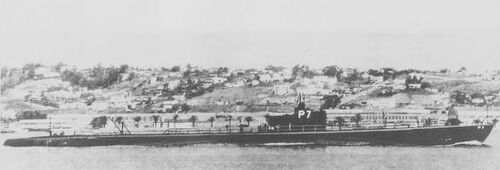
Plunger (SS-179)
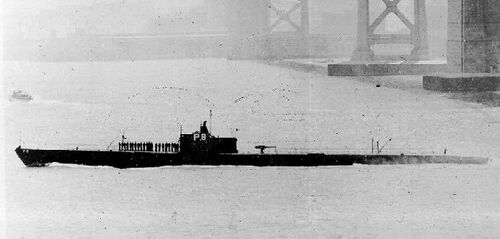
Pollack (SS-180)

Pompano (SS-181)*
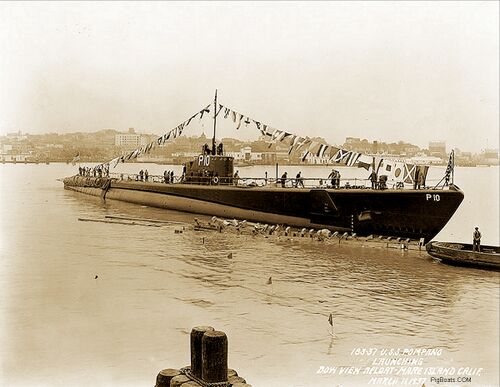
General Porpoise Class photos
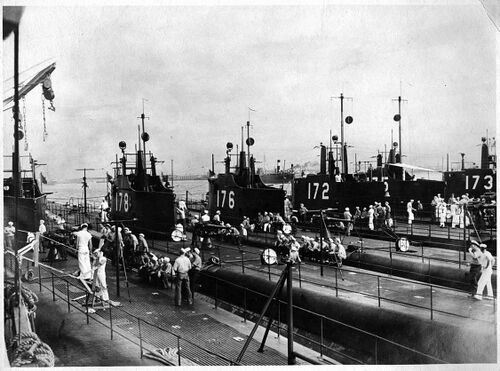
See more general Porpoise Class photos
Page created by:
Ric Hedman & David Johnston
1999 - 2023 - PigBoats.COM©
Mountlake Terrace, WA, Norfolk, VA
webmaster at pigboats dot com
